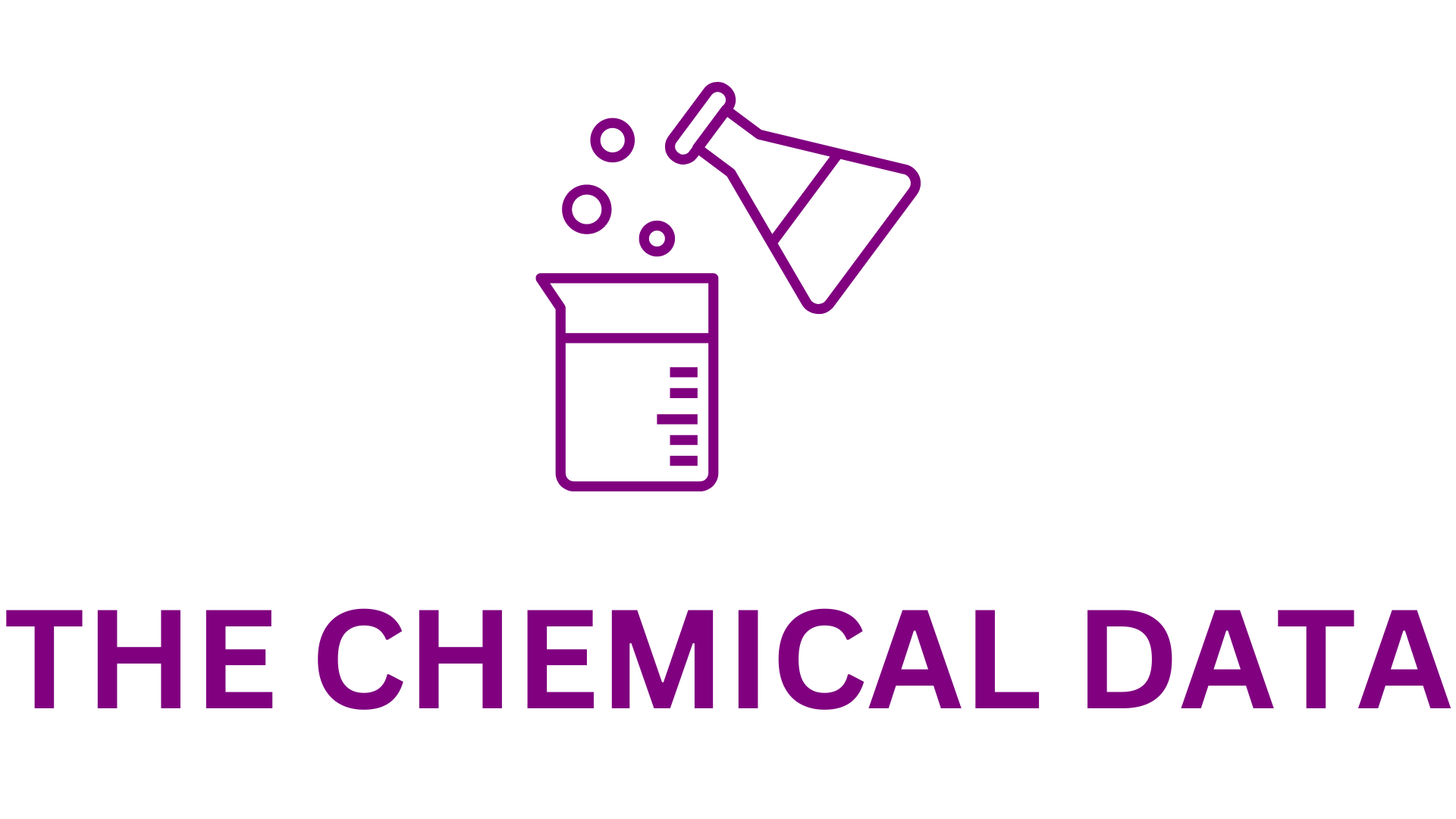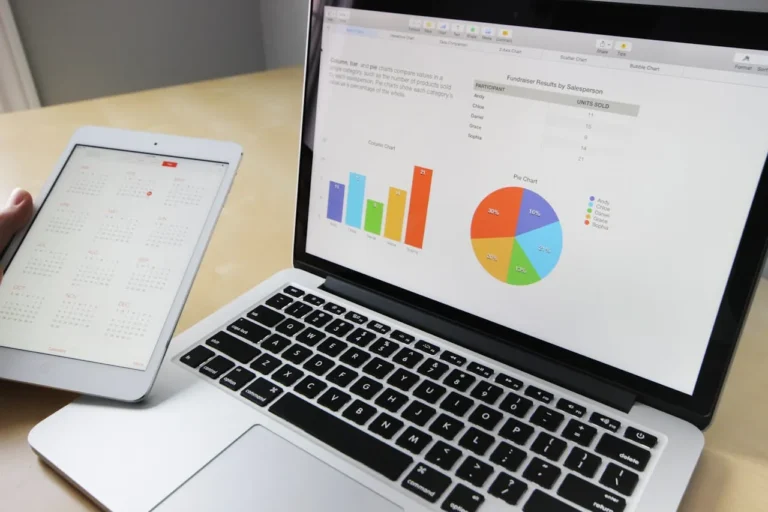
The chemicals industry relies heavily on finite fossil fuel feedstocks and contributes approximately 2% of global anthropogenic CO2 emissions. A recent report from market intelligence firm IDTechEx examines the potential of utilizing captured CO2 as a feedstock for a wide range of chemicals, presenting both economic and environmental incentives to foster a circular economy.
Carbon capture is recognized as a crucial technology for reducing global carbon dioxide emissions, especially in hard-to-abate sectors. However, the high costs associated with carbon capture technologies pose a challenge. By converting captured carbon into profitable chemical products, a revenue stream can emerge that supports the adoption of carbon capture, utilization, and storage (CCUS) technologies until more robust legislation for CO2 storage is implemented.
While many chemicals derived from CO2 do not achieve net-negative or net-zero emissions, they still represent significant emission reductions compared to traditional fossil fuel sources and should be considered valuable in decarbonization efforts.
Numerous compounds contain carbon, including fuels like gasoline and methanol, as well as common plastics. By recycling captured CO2 and combining it with low-carbon hydrogen, a new pathway to produce these carbon-containing chemicals is established. Since carbon dioxide is thermodynamically stable, an energy input is necessary for chemical reactions to occur. Currently, the most advanced synthesis methods for CO2-derived chemicals are thermocatalytic, which utilize heat and catalysts to enhance reaction kinetics. However, there is growing interest in synthetic methods that can operate at ambient temperatures and pressures, thereby reducing energy consumption and costs.
Chemicals produced from recycled CO2 are already being manufactured on a large scale. Companies are now looking to expand production to include new CO2-derived chemicals and explore alternative synthesis pathways. Start-ups are particularly focused on biological conversion and electrochemical processes for CO2 utilization, although these methods may require integration with thermocatalytic steps to achieve optimal economic outcomes. IDTechEx projects that by 2045, 19 million tonnes per annum of drop-in chemicals will be synthesized from captured CO2.
For more insights, refer to the market report “Carbon Dioxide Utilization 2025-2045: Technologies, Market Forecasts, and Players” available at www.IDTechEx.com/CO2U.
Additionally, IDTechEx invites those interested in the future of decarbonization to attend the upcoming Hydrogen & CCUS Technology Briefing in Hamburg, Germany, on October 22, 2024, to hear from industry experts.







